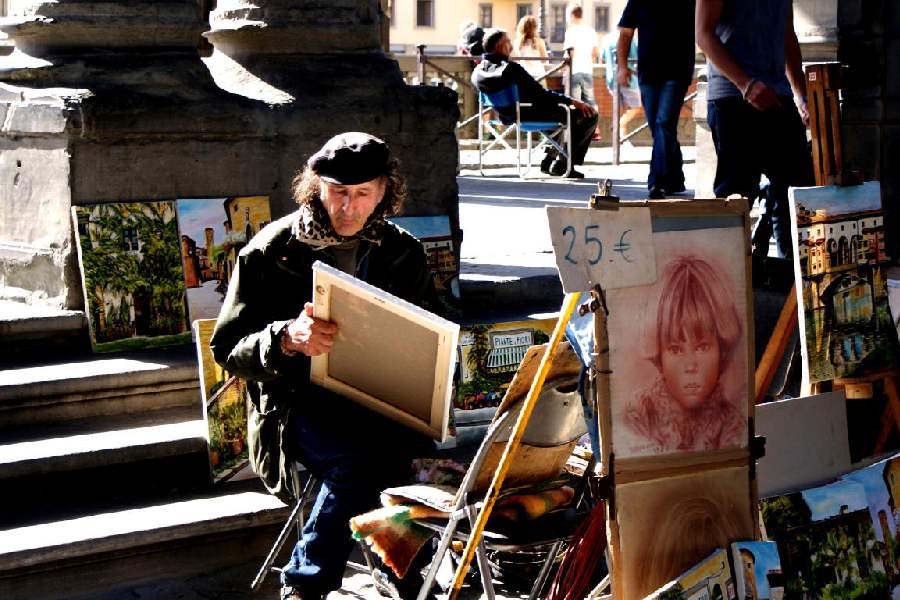Book: BLUE RUIN
Author: Hari Kunzru
Published by: Simon & Schuster
Price: Rs 699
Blue Ruin, Hari Kunzru’s seventh novel, takes us through the radical conceptualism that gripped art in Britain in the Nineties. Much like his other novels, Blue Ruin investigates in great detail the stink of wealth and the divide it creates among people. It is another pandemic novel that studies alienation and makes us realise that it wasn’t just the virus that inflicted isolation on us.
The narrator, Jay, is seen delivering groceries in his rundown car which he also uses as his home. His derelict vehicle is a reflection of himself — battered, bruised, and stricken by poverty and suffering. We learn that Jay has been shuffling about for years without a concrete career, skipping from kitchens to construction sites, and even working inside industrial storage tanks breathing in toxic fumes. His delivery destination turns out to be a palatial house, which, in its modesty, was “a sign of unimaginable luxury.” What shocks him is who he meets — his erstwhile lover, Alice, glowing and radiant with “the kind of health that’s made of yoga and massage and raw juices and money.” We are made acutely aware of the gaping distance created between them by time and by wealth. Twenty years earlier, Jay had been an art student in London, self-conscious about his paintings and his mixed ethnicity, ostentatious in his earnest effort to make a solid career. His first, and perhaps closest, friend then had been Rob, who was slick in his wealth and confidence as an artist. Together they moved through university and art, Jay always acutely conscious and insecure about his imagined inferiority to Rob. They met Alice together at a Shoreditch pub and, shortly after that, Jay and Alice became lovers. Twenty years later, Jay has passed through a hazardous journey only to find out that Alice and Rob are now married, their isolation pod being the house where Jay encounters her again.
Jay’s involvement with art is showcased as a bitter development. The earnest boy who began with his “histrionic” drawings gradually grows into this dour pessimist, drowning in drugs and alcohol, disillusioned and melancholy. He progresses from canvasses to installations and performance arts and, riding on the craze for controversy, manages to make a name for himself. Unfortunately though, he is consumed by his art. It wrecks his life and forces him through the blue ruin on to Alice’s doorstep. When Jay reaches, he has caught the virus, and in his weakened state and vulnerability, cannot refuse Alice’s offer to hide him in a barn on the sprawling property. After days of convalescence, he is finally discovered by one of the people with whom Alice and Rob are living, Marshall. Marshall promotes Rob’s art and it was his relationship with the owner of the property, Greg, that gave them the opportunity to isolate there. Jay gradually learns that the gloss of wealth that exudes from Alice is, in reality, an illusion. Rob remained his flashy self, irresponsibly spending his money and being promiscuous, while Alice cleans up his “messes”. Their relationship is at a precarious stage and Jay’s arrival threatens its fragile foundation.
Kunzru captures the art scene of Nineties’ London with precision. Artists sitting around in dirty, squalid spaces, squatting illegally, are shown to be rude and critical. However, those same artists strive to create pieces of art out of the filth of their lives that would appeal to the rich as bold and aggressive comments on themselves and their viewers. While the part of the novel that journeys through this phase and shows us Jay’s self-destruction is engaging, the latter part that brings to us the current lives of the characters is surprisingly mundane. It sits uncomfortably in the narrative, common and uninteresting in its predictability.
There isn’t much left to recover after that. The story rushes to its uneventful end, leaving a lingering but faint hint of the brilliance which it had promised to deliver in the beginning.










